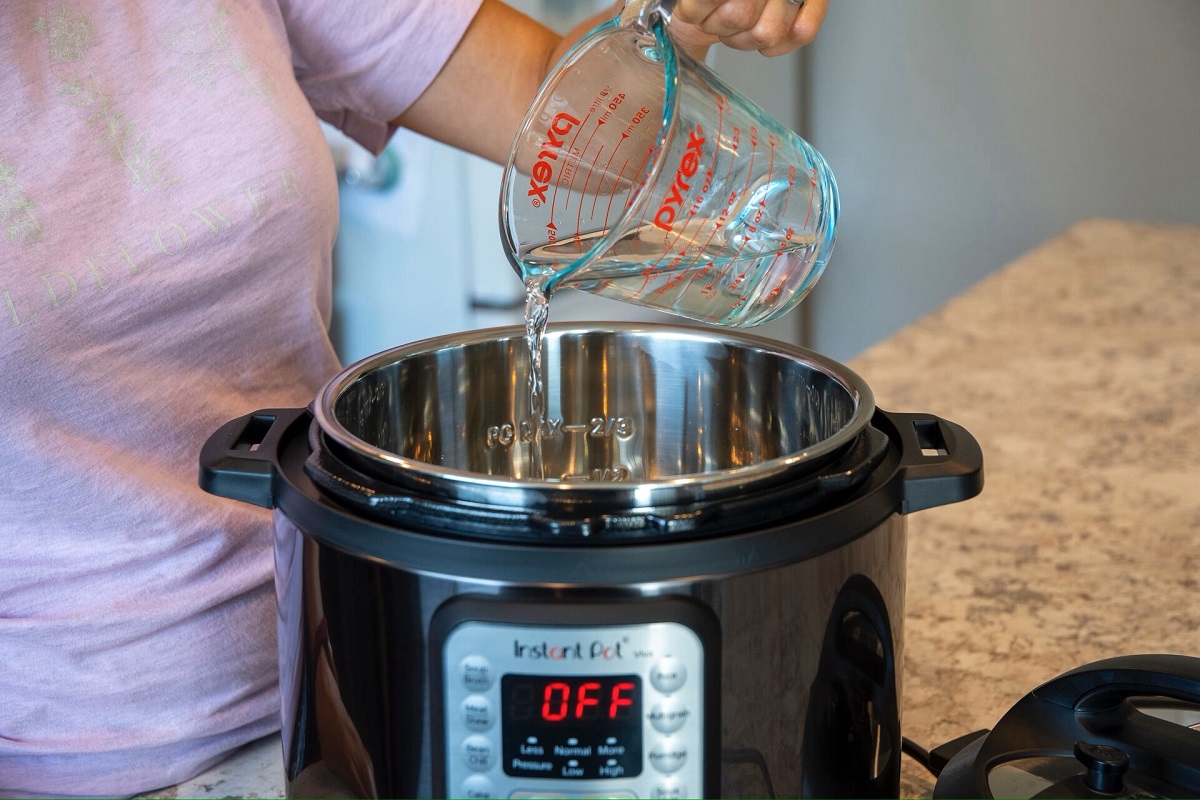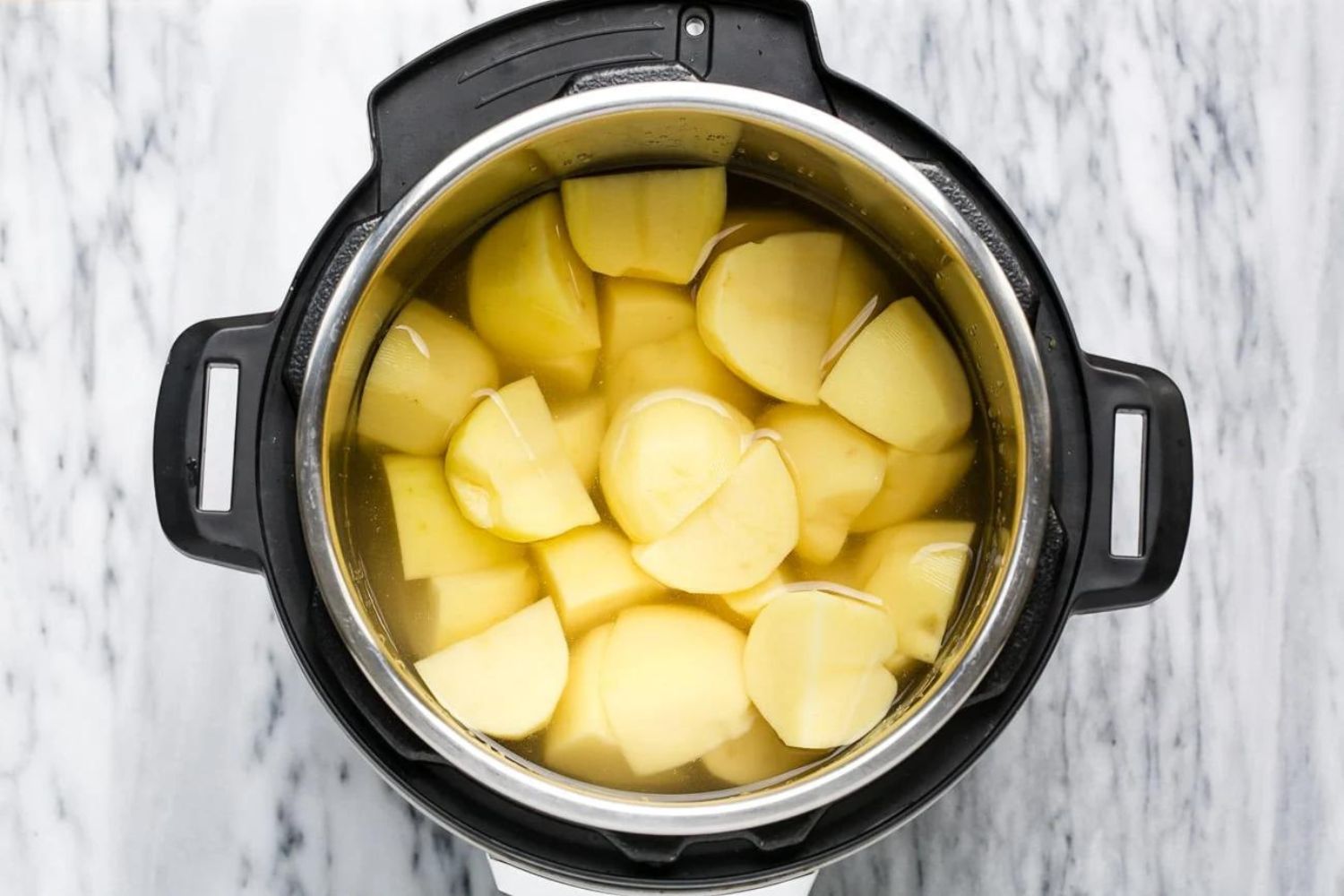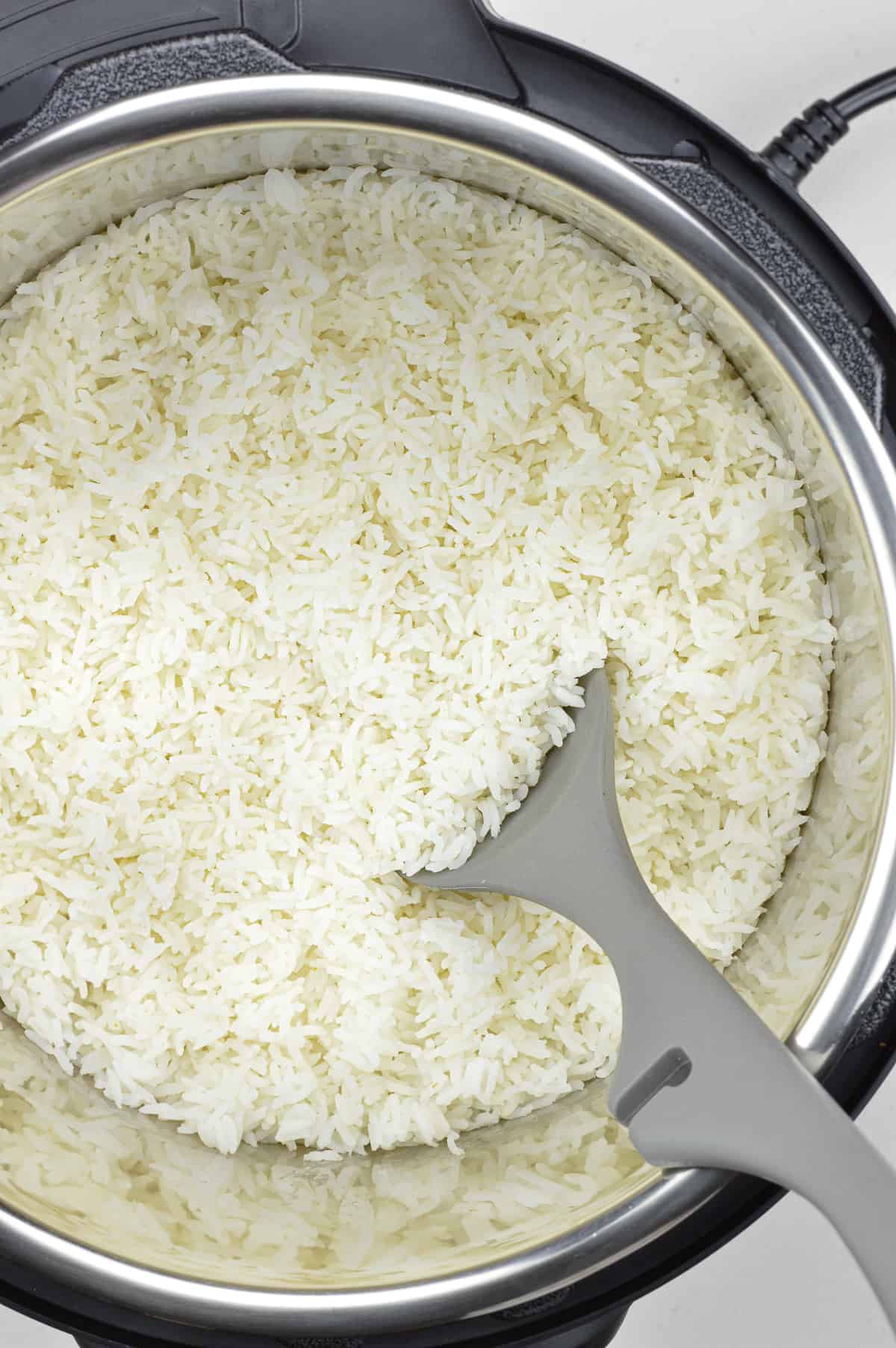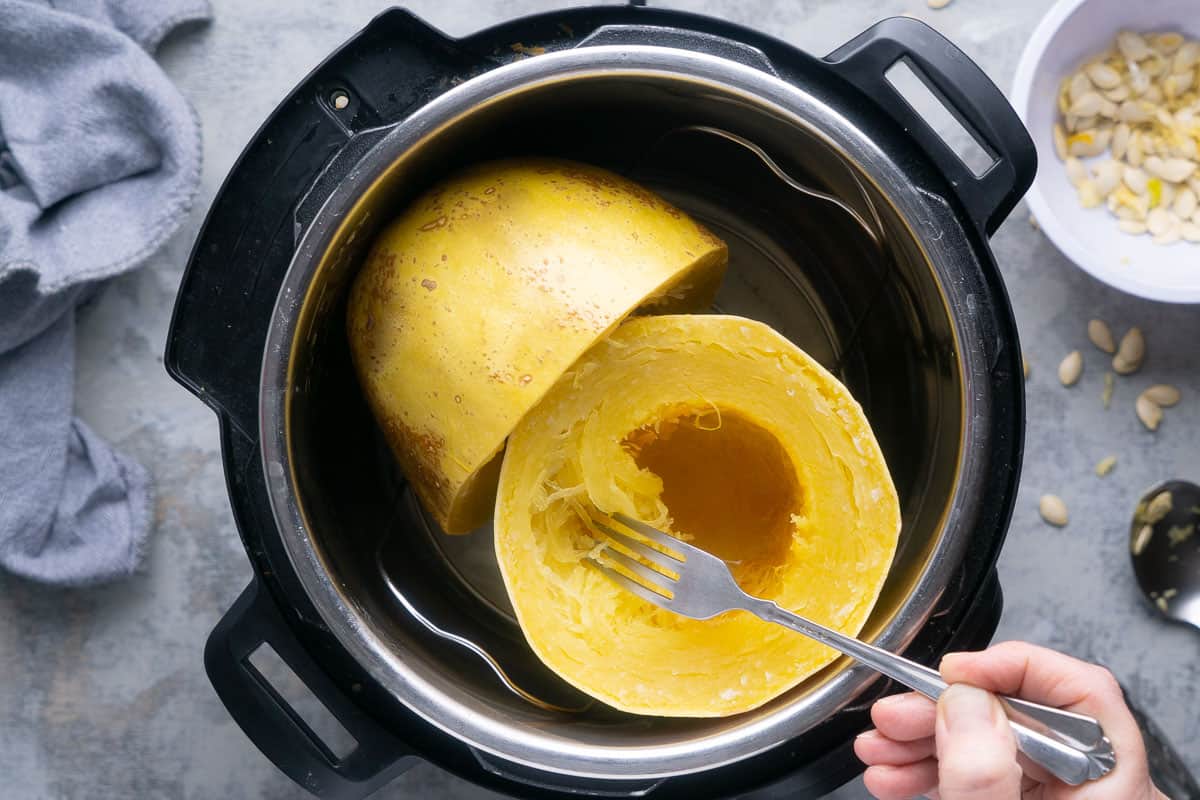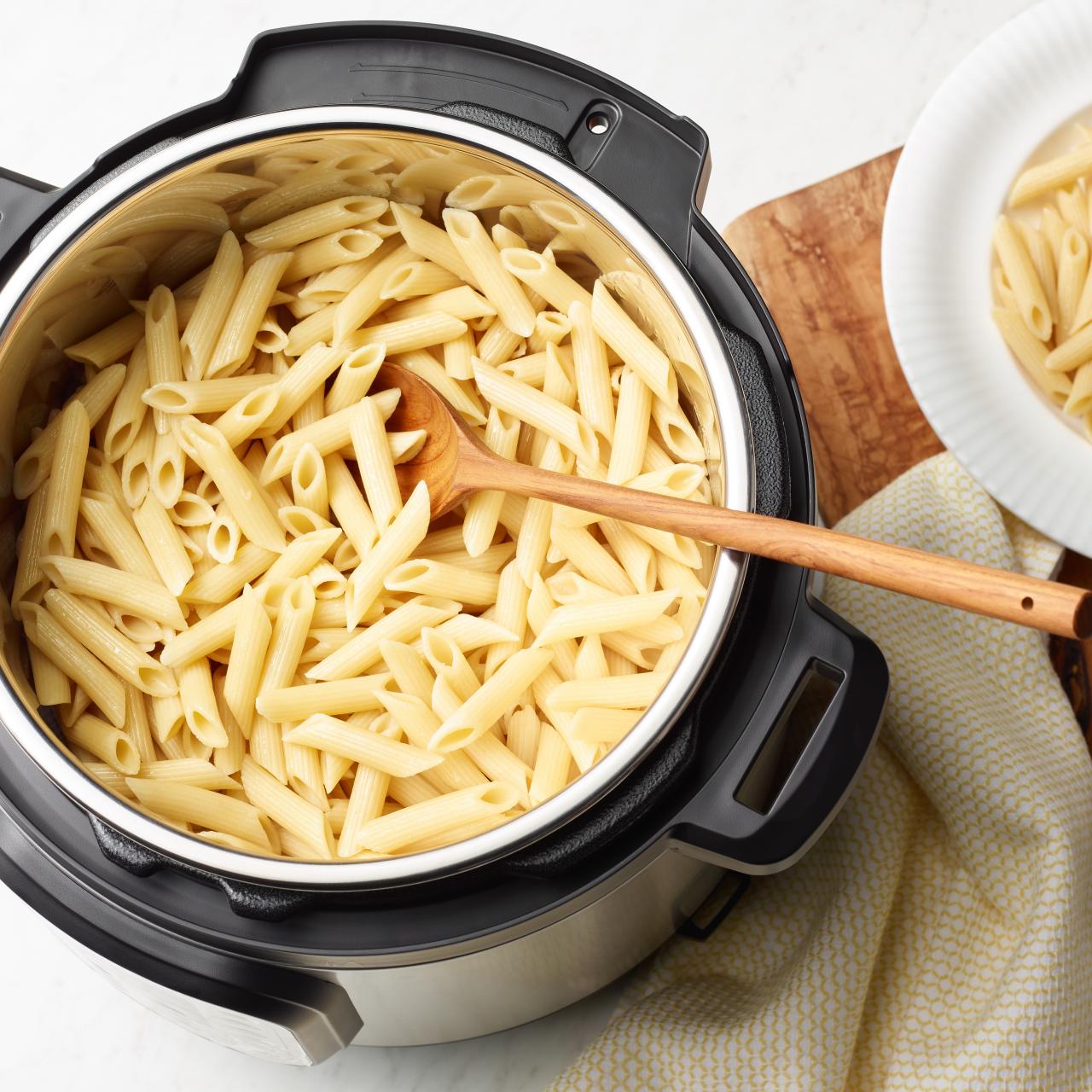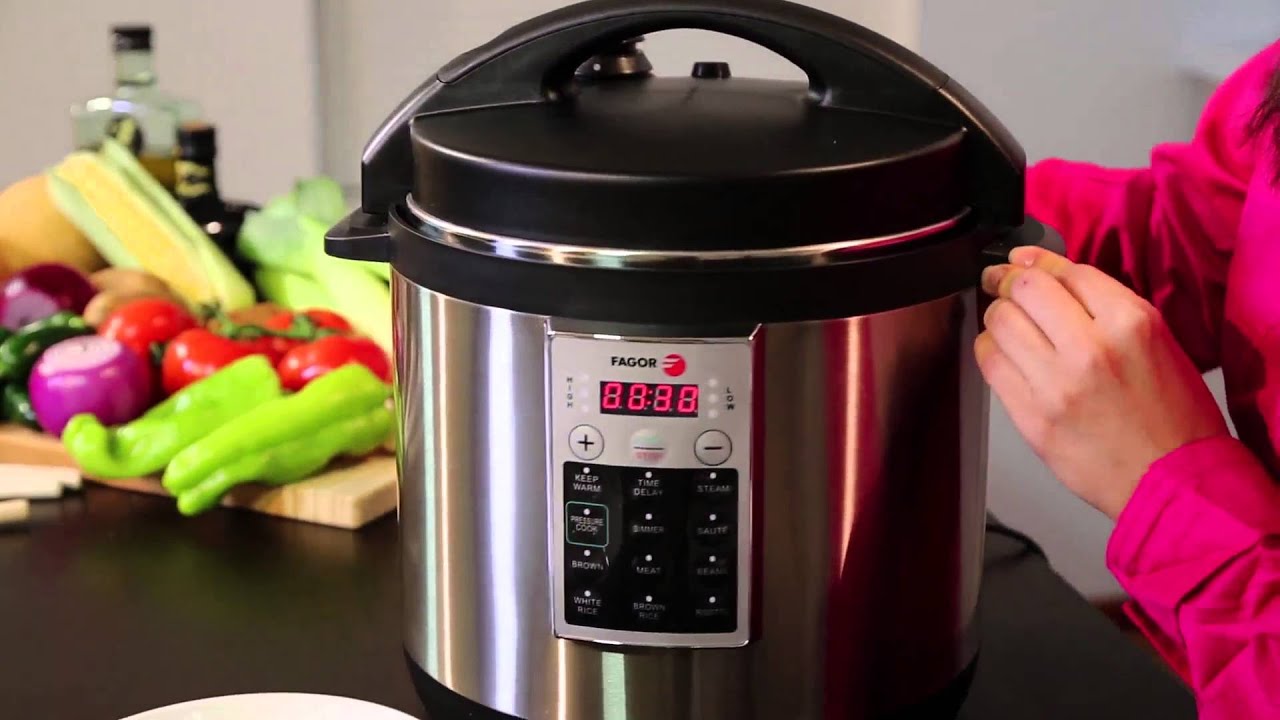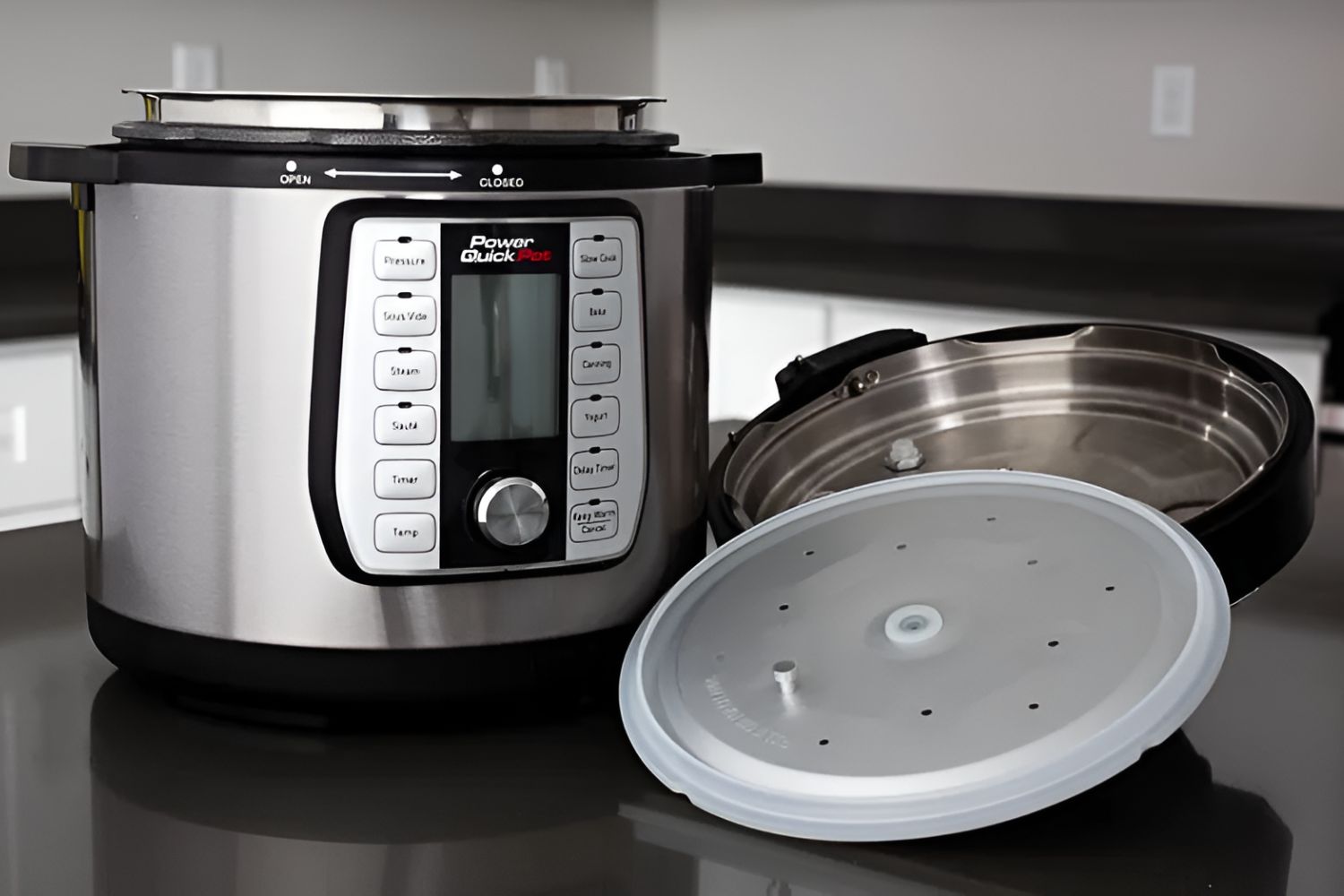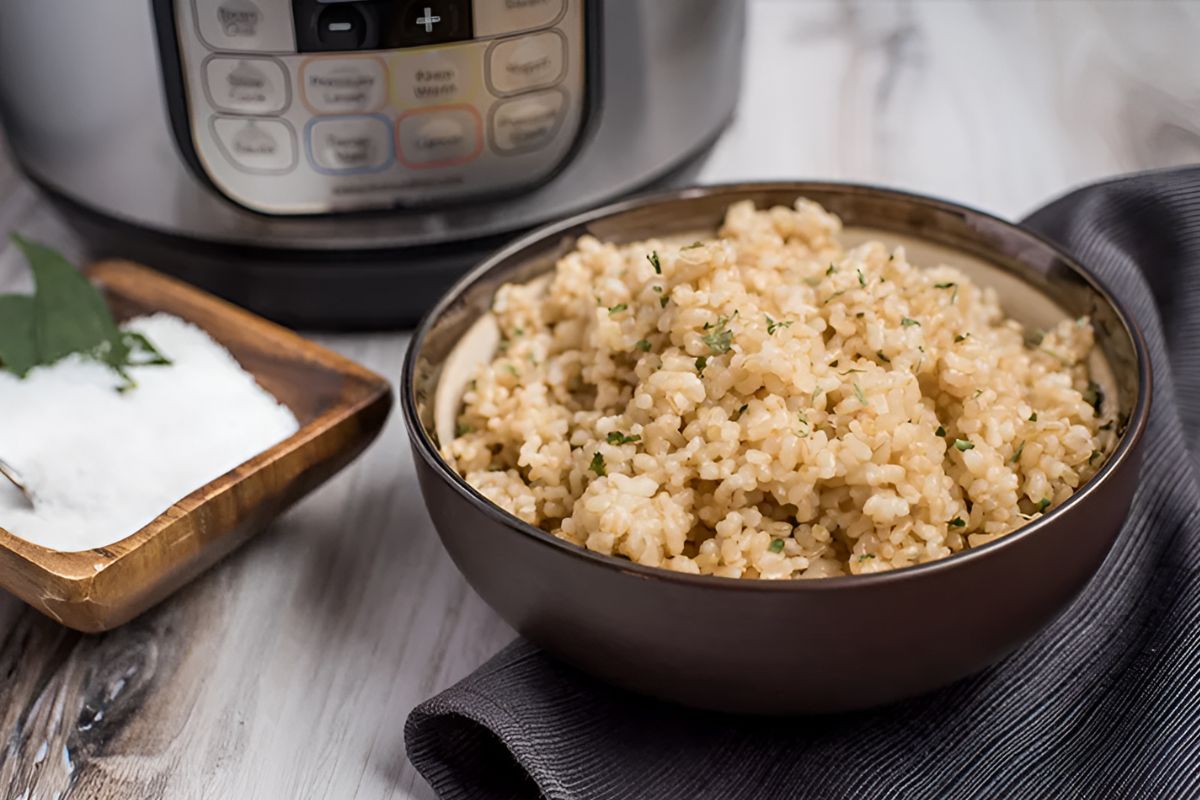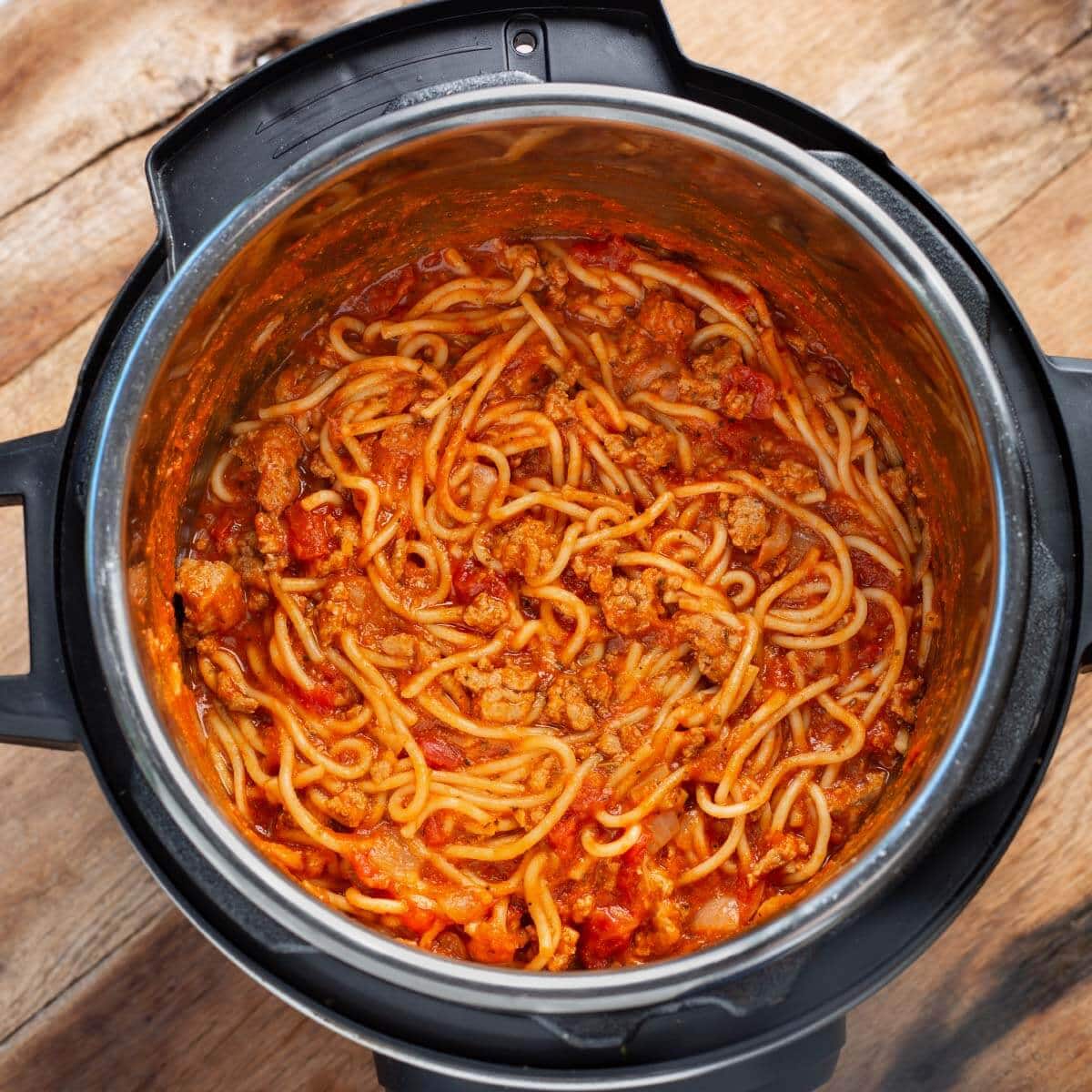Introduction
Welcome to the world of electric pressure cooking! One of the essential aspects to consider when using an electric pressure cooker is the amount of water you need. Getting the water to food ratio right is crucial for achieving delicious and perfectly cooked meals.
Electric pressure cookers have become increasingly popular due to their convenience and speed in preparing meals. While they are known for saving time, they also require specific guidelines for water usage to achieve optimal results.
In this article, we will explore the factors that affect the amount of water needed in an electric pressure cooker and provide recommended water measurements for various types of food. Additionally, we will offer some helpful tips on how to minimize water usage while maintaining the quality of your dishes.
Whether you’re a seasoned electric pressure cooker user or just starting out, understanding the role of water in this cooking method is essential for achieving satisfying results.
Now, let’s dive into the details and demystify the water to food ratio in electric pressure cooking!
Understanding the water to food ratio
The water to food ratio refers to the amount of water needed in relation to the quantity and type of food being cooked in an electric pressure cooker. Getting this ratio right is crucial for achieving the desired texture, flavor, and consistency of your dishes.
The general rule of thumb for electric pressure cooking is to use at least 1 cup of liquid, such as water or broth, for every recipe. This ensures there is enough liquid to create steam and build the required pressure inside the cooker.
However, the specific water to food ratio may vary depending on the recipe and the type of ingredients you are cooking. Foods that require longer cooking times or release more moisture, such as grains and large cuts of meat, may require slightly more water.
It is important to note that adding too much water can dilute the flavors of your dish, while too little water can result in undercooked or burnt food. Finding the right balance is essential for achieving delicious and well-cooked meals.
Another factor to consider when determining the water to food ratio is the thickness or consistency of the dish you are preparing. For soups and stews, you may need more liquid to create a hearty and flavorful broth. On the other hand, for dishes that require a thick sauce or gravy, you may need less liquid to avoid a watery consistency.
Keep in mind that electric pressure cookers have a minimum liquid requirement to ensure safe cooking. Most models will have specific guidelines mentioned in the user manual, so be sure to consult that for accurate measurements.
By understanding the water to food ratio and experimenting with different recipes, you will gradually develop a sense of how much liquid is needed for various dishes. It’s all about finding the right balance to achieve the desired results and enhance the flavors of your culinary creations.
Factors that affect water usage
Several factors come into play when determining the amount of water needed in an electric pressure cooker. Understanding these factors will help you adjust the water to food ratio accordingly and achieve optimal cooking results.
1. Recipe and ingredient type: Different recipes and types of ingredients require varying amounts of water. Foods with more starch, like rice or pasta, require more water to cook properly and avoid sticking. On the other hand, foods with high water content, such as vegetables, may require less additional water.
2. Cook time: The cooking time affects the amount of water needed. Longer cooking times generally require more water as it evaporates during the cooking process. Keep in mind that a longer cooking time may also result in softer textures or greater moisture loss, so adjust the water accordingly.
3. Desired texture: The water to food ratio also affects the final texture of the dish. If you prefer a more liquid consistency, you may need to add additional water. Conversely, if you want a thicker sauce or stew, you can reduce the amount of water used.
4. Altitude: Cooking at higher altitudes can affect the boiling point of water. At higher elevations, water boils at a lower temperature, which can impact the cooking time and the amount of water needed. Consult a cooking chart or adjust the cooking time and water measurements accordingly for your specific altitude.
5. Size of the cooker: The size of your electric pressure cooker can influence the water usage. Larger cookers may require slightly more water due to their larger cooking capacity. Conversely, smaller cookers may need less water for similar recipes.
6. Personal preference: Ultimately, personal preference plays a role in determining the water to food ratio. Experiment with different amounts to find the consistency and taste that suits your preferences.
By considering these factors, you can adjust the water to food ratio in your electric pressure cooker and optimize the cooking process to achieve delicious and perfectly cooked meals.
Recommended water measurements for different types of food
When it comes to electric pressure cooking, having the right water measurements for different types of food is crucial for achieving the desired results. Here are some general guidelines to help you determine the appropriate water to food ratio:
1. Rice and Grains: For white rice, the standard ratio is 1:1, meaning one cup of water for every cup of rice. Brown rice generally requires a bit more water, around 1.25 to 1.5 cups of water per cup of rice. When cooking other grains like quinoa or barley, follow the specific instructions for those grains, as the water measurements may differ.
2. Meats and Poultry: When cooking large cuts of meat or poultry, it is important to add enough liquid to avoid drying out the meat. Typically, 1-1.5 cups of liquid is recommended for a 3-4 pound roast or whole chicken. You can use broth, stock, or a combination of water and seasonings to enhance the flavor.
3. Vegetables: Most vegetables have high water content, so adding additional liquid may not be necessary. However, a small amount of water or broth (around ½ cup) can help create steam and facilitate the cooking process. Vegetables that require longer cooking times, like root vegetables, may require slightly more water.
4. Soups and Stews: Soups and stews typically require more liquid for a flavorful and hearty result. Depending on the recipe, 4-6 cups of liquid is a good starting point. However, adjust the measurements based on the desired consistency and the amount of ingredients used.
5. Pasta: For cooking pasta in an electric pressure cooker, use a ratio of 1:1, meaning one cup of liquid for every cup of pasta. The liquid can be water or broth, depending on your preference.
Remember that these are general guidelines, and specific recipes or personal preferences may require adjustments to the water measurements. Always refer to the recipe instructions, as some recipes may have their own recommended water ratios for optimal results.
By keeping these recommendations in mind, you can ensure that your dishes are cooked to perfection and bursting with flavor, thanks to the right water to food ratio.
Tips to minimize water usage in an electric pressure cooker
While water is essential for cooking in an electric pressure cooker, there are some strategies you can employ to minimize water usage without compromising the quality of your meals. Here are some tips to help you achieve efficient water usage:
1. Use precise measurements: Accurately measure the water needed for your recipe. Using more water than necessary can result in diluted flavors and longer cooking times. A kitchen scale or measuring cups can help ensure that you add the right amount of liquid.
2. Utilize natural moisture: Take advantage of the natural moisture present in certain ingredients. For example, when cooking vegetables or fruits, you can often rely on their inherent moisture content instead of adding extra water. This helps retain the natural flavors and textures.
3. Opt for flavorful liquids: Rather than using plain water, consider using broth, stock, or other flavorful liquids to enhance the taste of your dishes. This can add depth and complexity to your recipes, reducing the need for additional seasoning or ingredients.
4. Layer ingredients smartly: Layering ingredients in the electric pressure cooker can help trap steam and infuse flavor throughout the dish. Place ingredients that release more liquid, like vegetables, at the bottom, and those that require less water, like meats, on top. This way, you may need less liquid overall.
5. Avoid excessive stirring: When cooking certain dishes, such as risotto or creamy soups, excessive stirring can increase evaporation and lead to the need for more water. Stirring occasionally is sufficient to prevent sticking without promoting excessive moisture loss.
6. Reduce cooking time for tender ingredients: Tender ingredients like seafood, delicate vegetables, or quick-cooking grains may not require as much cooking time as tougher cuts of meat or hardy vegetables. Reducing the cooking time can help save water and maintain the desired texture.
7. Thicken sauces after cooking: If your dish has a more liquid consistency than desired after pressure cooking, you can use techniques like reducing the liquid or adding a slurry of cornstarch or flour and water to thicken the sauce. This allows you to maintain the flavors while reducing the amount of water used.
By implementing these tips, you can optimize water usage in your electric pressure cooker, resulting in efficient and flavorful cooking. Experiment with different recipes and ingredients to find the right balance between water usage and achieving excellent culinary results.
Conclusion
Mastering the water to food ratio in an electric pressure cooker is key to unlocking the full potential of this versatile and time-saving kitchen appliance. By understanding the factors that affect water usage, following recommended measurements for different types of food, and implementing strategies to minimize water usage, you can elevate your cooking game and create delicious meals with ease.
Getting the water to food ratio right ensures that your dishes are cooked to perfection, with optimal textures, flavors, and moistness. Whether you’re cooking grains, meats, vegetables, soups, or pasta, following the recommended water measurements will help you achieve consistent and satisfying results.
Furthermore, by being mindful of water usage and implementing smart techniques such as utilizing natural moisture, layering ingredients strategically, and selecting flavorful liquids, you can minimize unnecessary water usage without sacrificing taste or quality.
Remember, cooking in an electric pressure cooker is all about finding the right balance. It’s about understanding your ingredients, personal preferences, and being willing to experiment. With practice, you’ll develop an instinct for the perfect water to food ratio that suits your cooking style and results in mouthwatering meals.
So, go ahead and confidently venture into the world of electric pressure cooking, armed with the knowledge and understanding of water usage. Explore new recipes, adapt old favorites, and enjoy the convenience, efficiency, and flavor that this cooking method offers.
Happy cooking!







